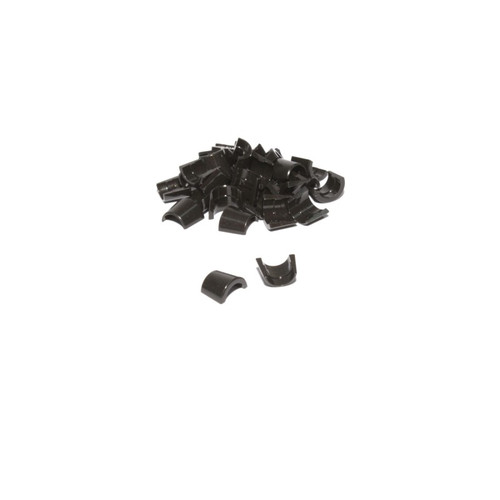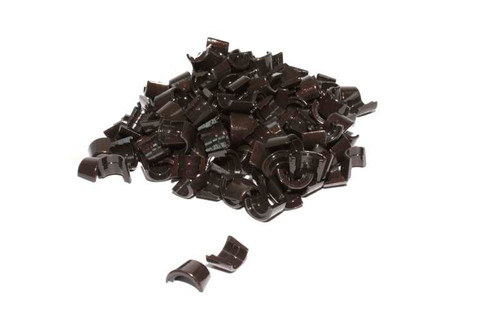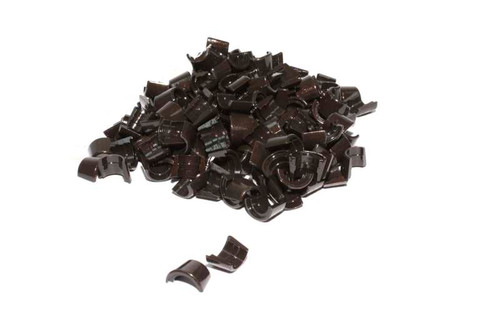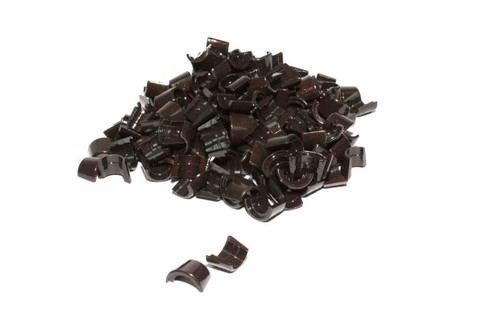Most people believe that the tang inside a valve lock holds the retainer and valve spring in place while the engine is running, but this isn't the case. The cross-section of material in the tang is not strong enough to withstand open spring loads of 1000 lbs. or more. The sole purpose of the tang is to temporarily locate the lock, retainer and spring relative to the valve until the taper of the retainer can nest around the outside surface of the lock. This creates a collet effect that binds the two together. The more spring force exerted on the retainer (as the valve opens), the more force applied by the collet effect to keep the retainer and lock in place. With the emergence of valve sizes other than the standard 5/16", 11/32" and 3/8", it is important to make sure the valve locks match the valve size. There should always be a small gap between the two halves of the lock when they are properly positioned on the valve stem. If the two halves fit together without a gap, they are too large. If the locks fit tight to the stem and leave a gap between the middle of the lock and the O.D. of the stem, the locks are too small. Our line of stock replacement 7 valve locks for stock engine rebuilds are recommended only for street applications with lighter valve spring loads and are stamped and hardened for superior wear resistance. Also available are machined 7 locks and titanium Super 7 Locks for some applications. They offer the same valve spring location accuracy as our Super Locks without the need to change to 10 degree retainers.
User 1WarrantyCatalogThis Part Fits:
| Year | Make | Model | Submodel |
|---|
| 1998-2002 | Chevrolet | Camaro | Z28 |
| 1998-2002 | Chevrolet | Camaro | Z28 SS |
| 1997-2002 | Chevrolet | Corvette | Base |
| 1998 | Chevrolet | Corvette | Indianapolis 500 Pace Car |
| 2001-2002 | Chevrolet | Corvette | Z06 |
| 1998-2002 | Pontiac | Firebird | Formula |
| 1998-2002 | Pontiac | Firebird | Trans Am |




















